Updated article, published November 16, 2021
By dint of seeing smooth faces and filters everywhere, we would almost forget it the skin has pores ! However, these small cavities on the surface of the epidermis are essential because of them allow the natural outflow of sebum and sweat.
Despite an established facial care routine, sometimes it happens that the pores are a little too visible for our tastes due to excessive seborrhea, and that they are even blocked by a plug of sebum and dead cells (in short, a black spot).
But are these little gray dots that make us horrified really comedones? And are we right to attack them with manicured nails? We tell you everything about the sebaceous filamentsthese skin “imperfections” that … are not.
Sebaceous filaments, what are they?
If they are often confused, sebaceous filaments have nothing to do with blackheads. To the magazine Byrdiebeautician and skincare expert Renée Rouleau explains:
” Sebaceous filaments are natural tubular structures that line the pore walls. Their purpose is to direct the flow of oil from the sebaceous gland to the surface of the skinwhere it can act to combat environmental aggressions and dehydration. “
Their presence is therefore perfectly normal, and they are invisible to a large part of the population.
Only, in the case of an excessive production of sebum, it happens that they are less discreet: ” the oil can build up and begin to harden until it eventually stretches the pores and then leaks out – this is when the sebaceous filaments become visible “, Adds the professional.
Gray or yellowish in color, they are mainly found on the wings of the nose, cheeks and chin. Their little eccentricity lies in the way they have to pull out of the pores when lightly pressed: like serpentines, they spring from the skin to hit directly against the magnifying mirror. A spectacular sight worthy of France has an incredible talent.
Blackheads, for their part, are more sober, and often end their lives between two pieces of toilet paper, without fanfare or Guinness World Records-worthy leaps.
Should we wage war on sebaceous filaments?
The filaments of sebum being not the imperfections per sethere’s no reason to try and wipe them off the epidermis map (as well as you definitely don’t want to fix acne problems, of course).
It’s actually a very bad idea: by dint of crushing them you risk to excite the sebaceous glands and create real imperfections that could leave scars even harder to remove!
Another good reason not to put a spell on them: they always end up coming back. As Renée Rouleau explains:
” Even if you pull out or squeeze the sebaceous strands, they will fill up again within 30 daysand even much sooner if you have oily skin. “
On the other hand, without celebrating them, it is possiblereduce their appearance by adopting a proper skin care routine to control sebum production and minimize pore congestion.
How to reduce the appearance of the sebaceous filaments?
Some ingredients and cosmetic products can reduce the focus on the sebum strands by making them less visible.
L’clay, especially green montmorillonite, is scientifically proven to capture toxins and absorb sebum from oily skin. Once or twice a week, applying a mask to the affected areas can help keep pores healthy and prevent the sebaceous filaments from taking up too much space and, as they do, degenerate into blackheads.
the coalvery trendy in recent years, it behaves the same way.
Stronger, thesalicylic acid it has the ability to dissolve excess sebum that clogs the pores. It comes in many forms that are easy to integrate into your beauty routine: cleanser, lotion, serum, etc. It is used in the evening but also in the morning, followed by sunscreen.
Retinol, this derivative of vitamin A which is part of the retinoid family, is also an interesting ingredient to use in the evening (in its serum or cream) because it helps the epidermis to get rid of dead cells more quickly. , and therefore prevents them from stagnating in the pores, which tends to dilate them and make them more visible.
A shocking cocktail that should make you want to play “count the sebaceous filament” in your magnifying mirror.
Shopping for healthy pores
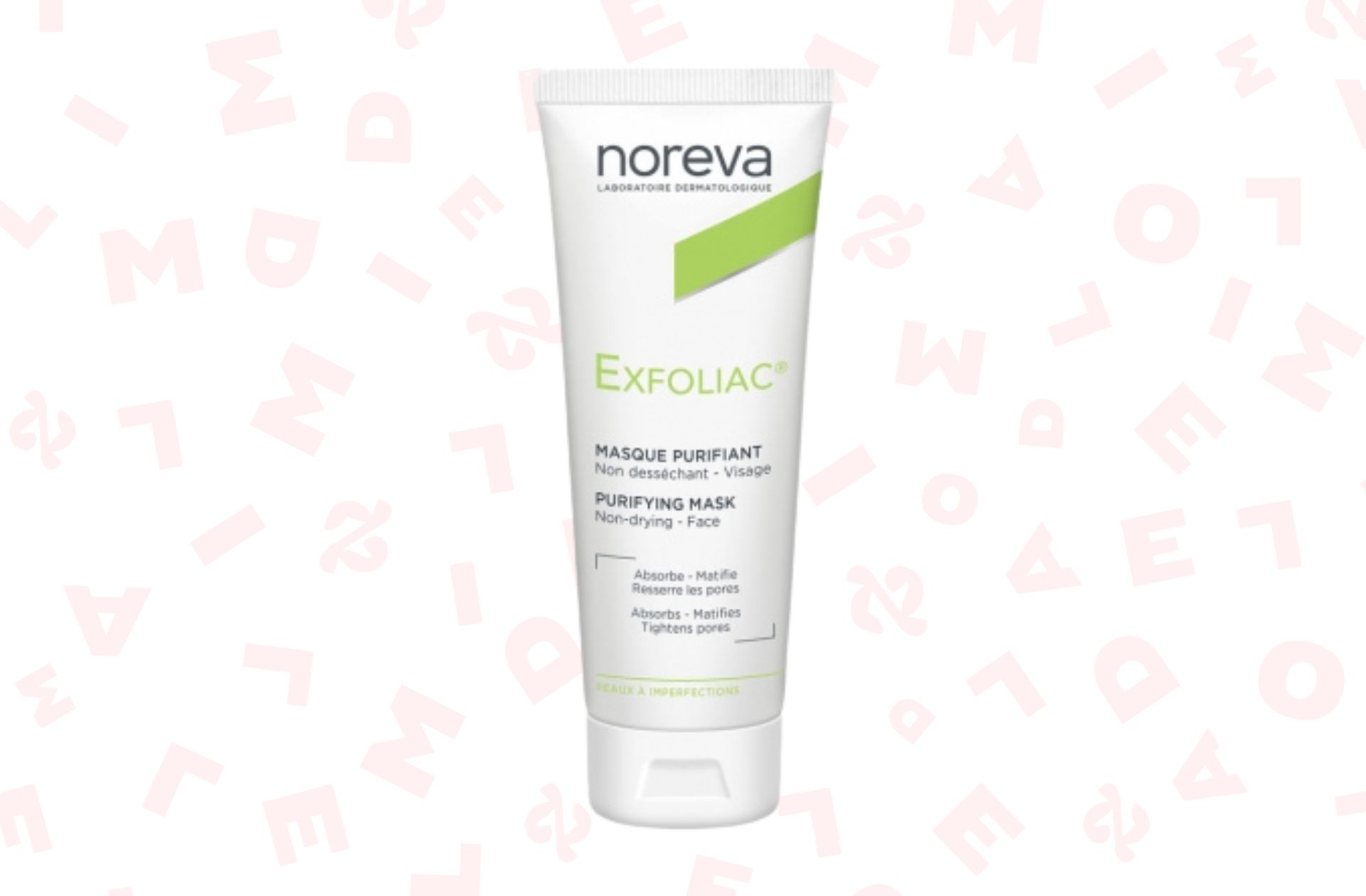
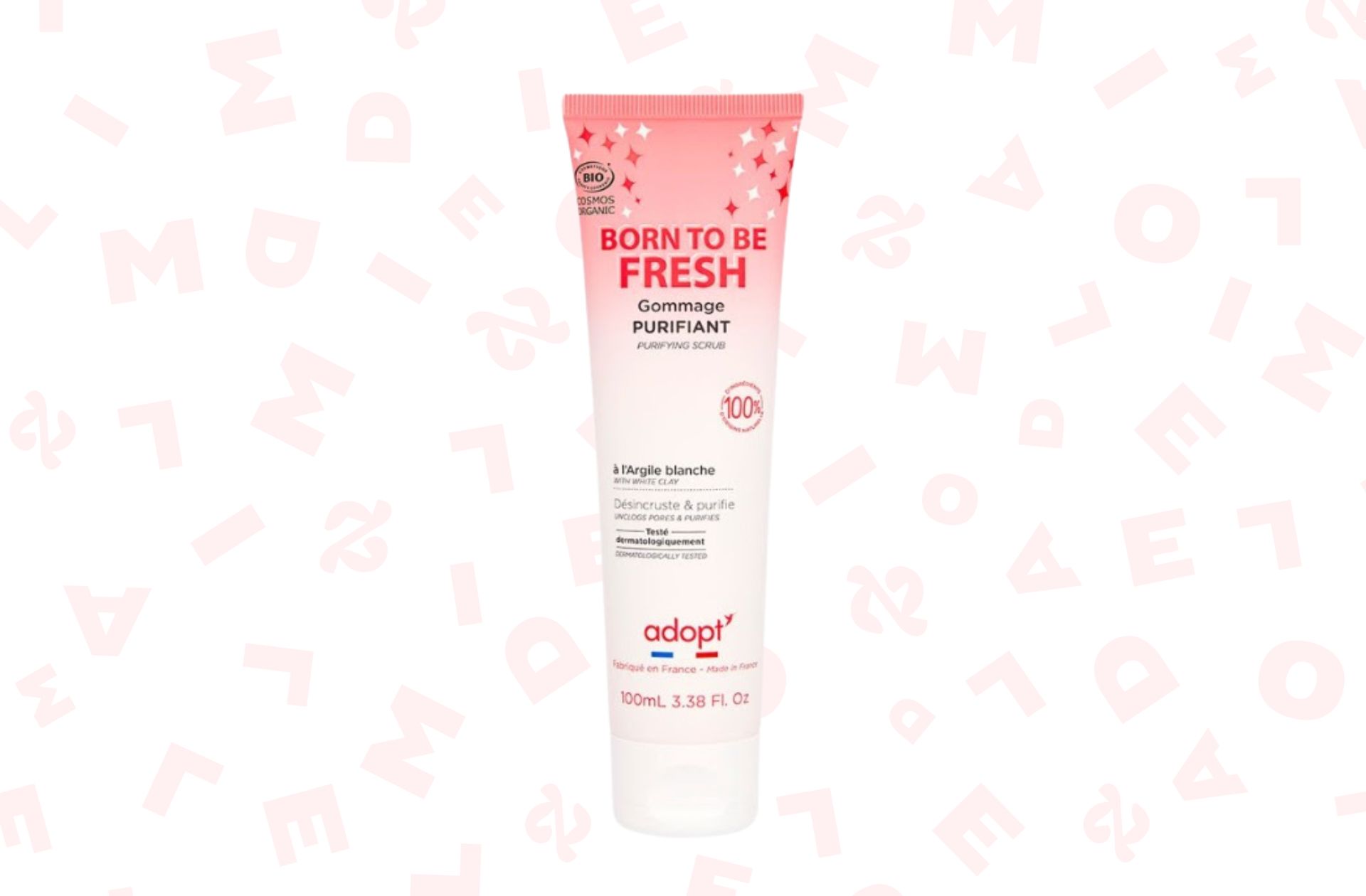
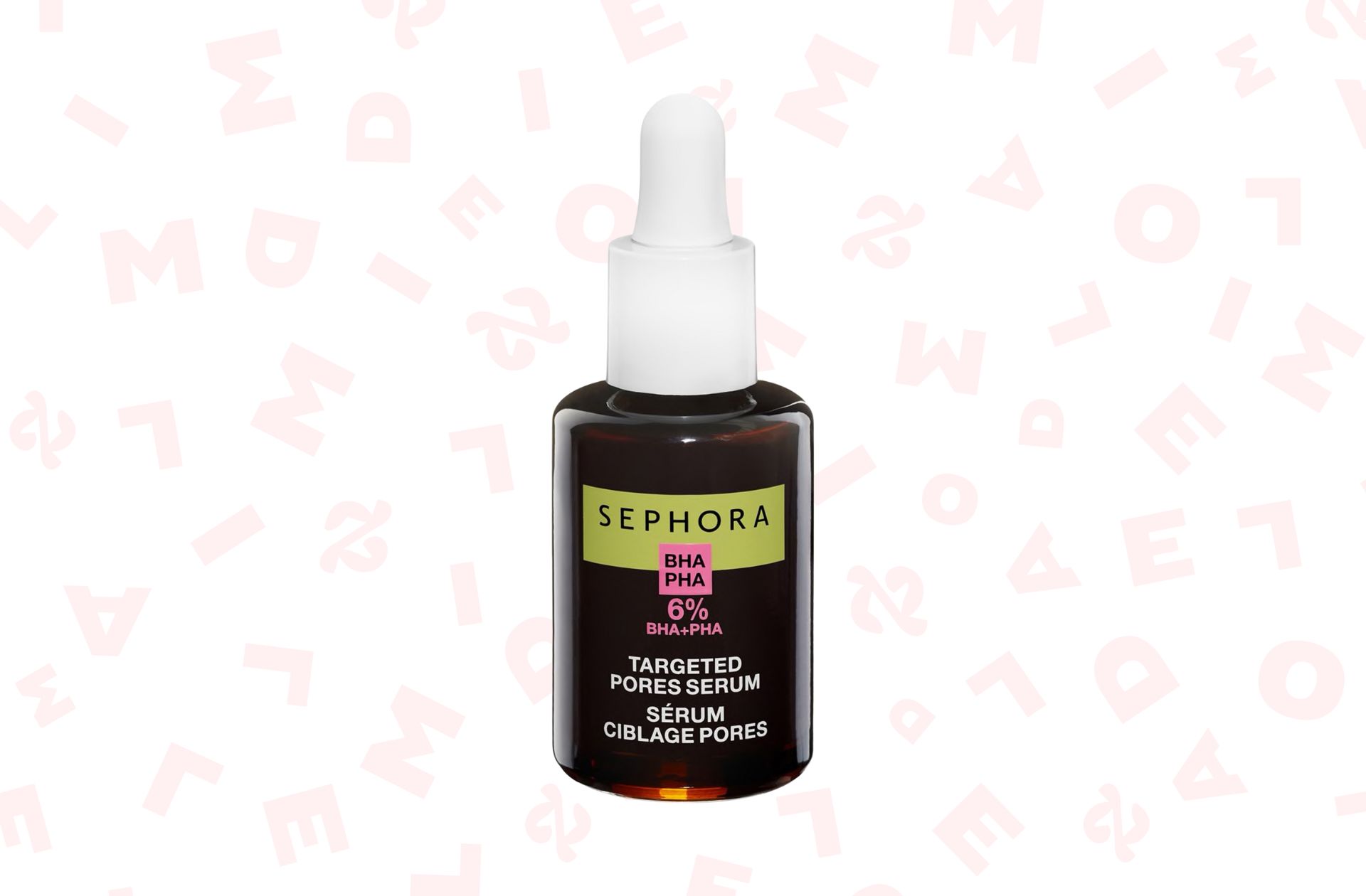
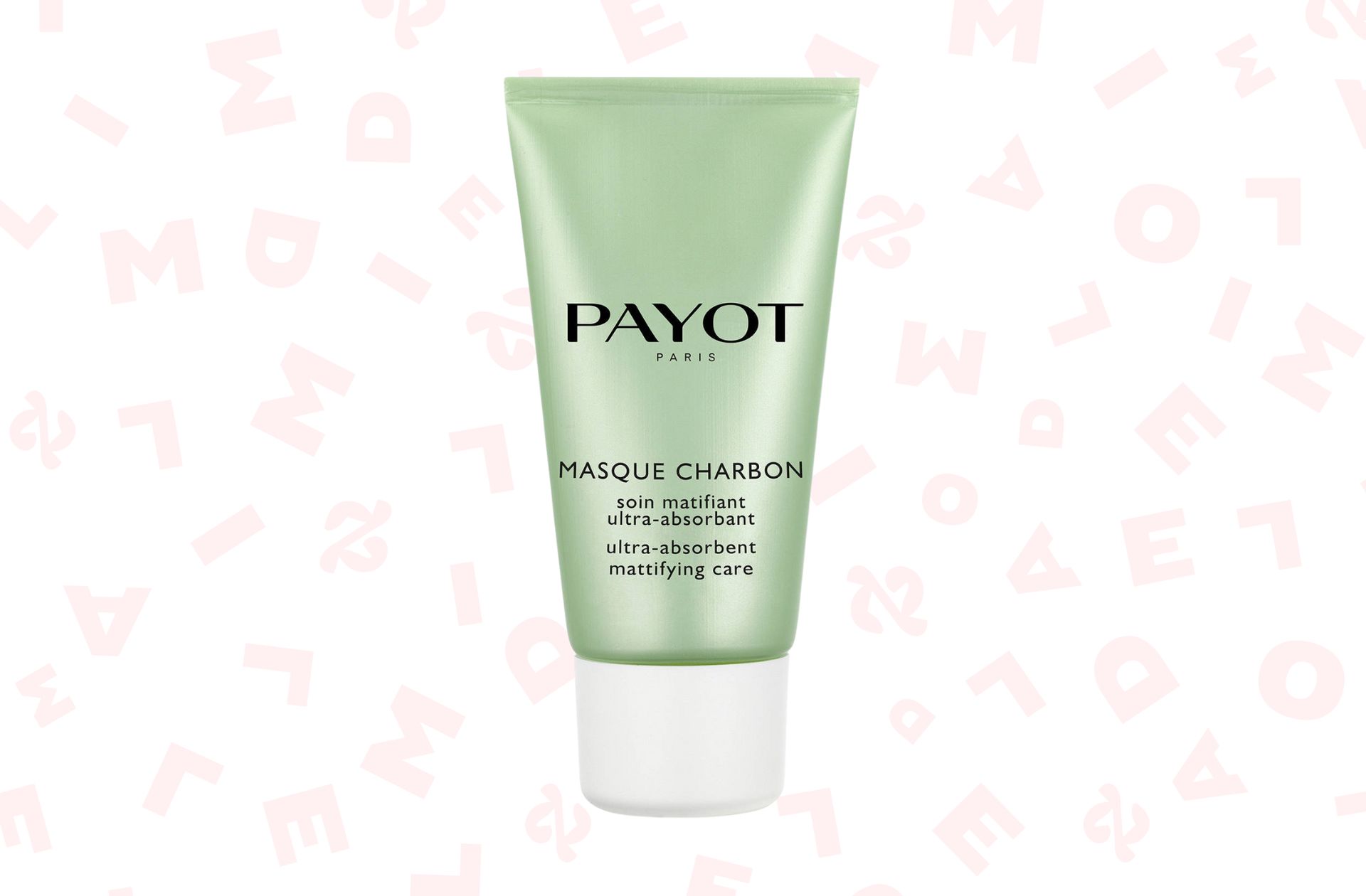
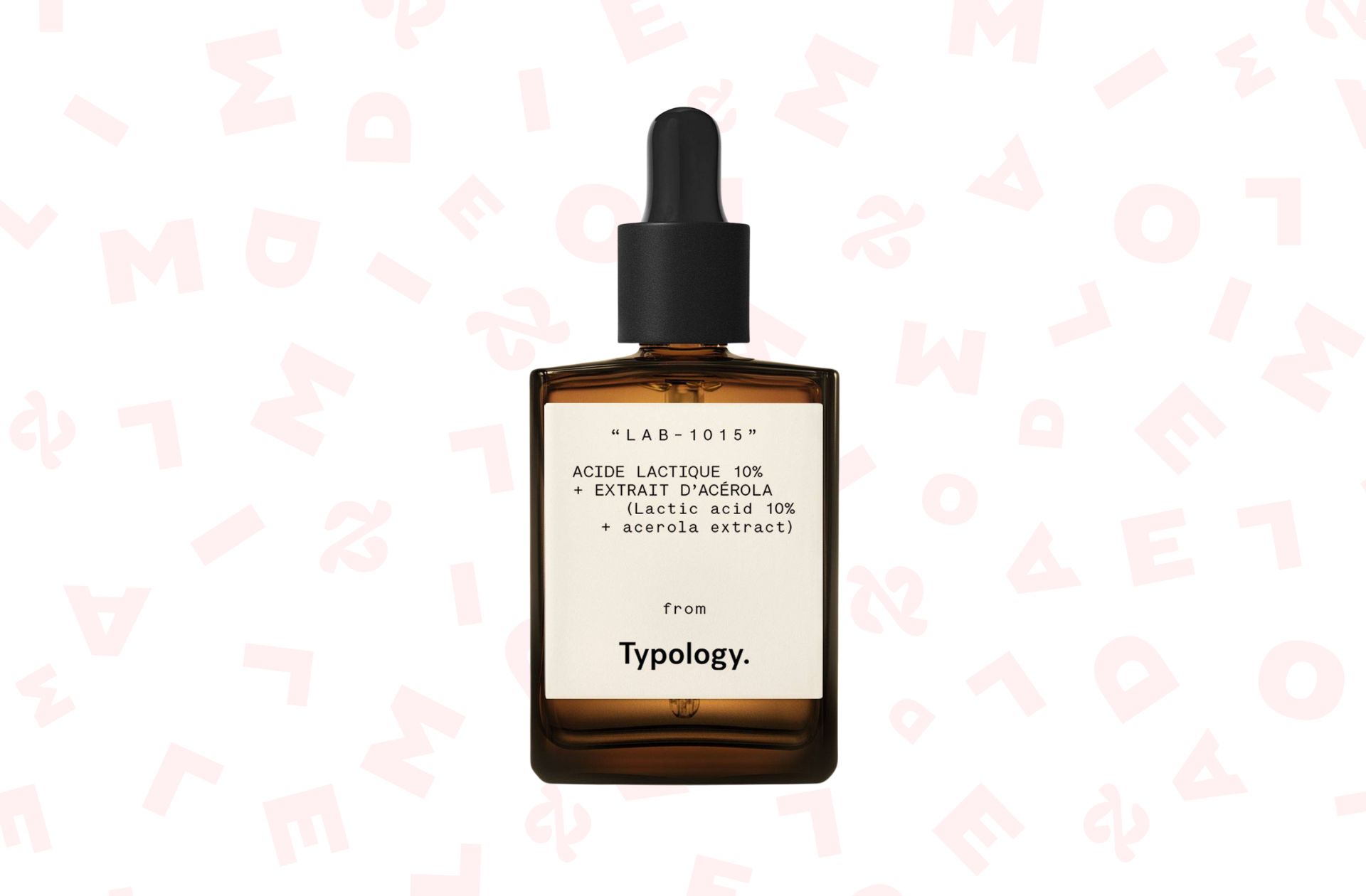
Front page photo credits: Chloe Amaya on Pexels
Source: Madmoizelle
Ashley Root is an author and celebrity journalist who writes for The Fashion Vibes. With a keen eye for all things celebrity, Ashley is always up-to-date on the latest gossip and trends in the world of entertainment.




